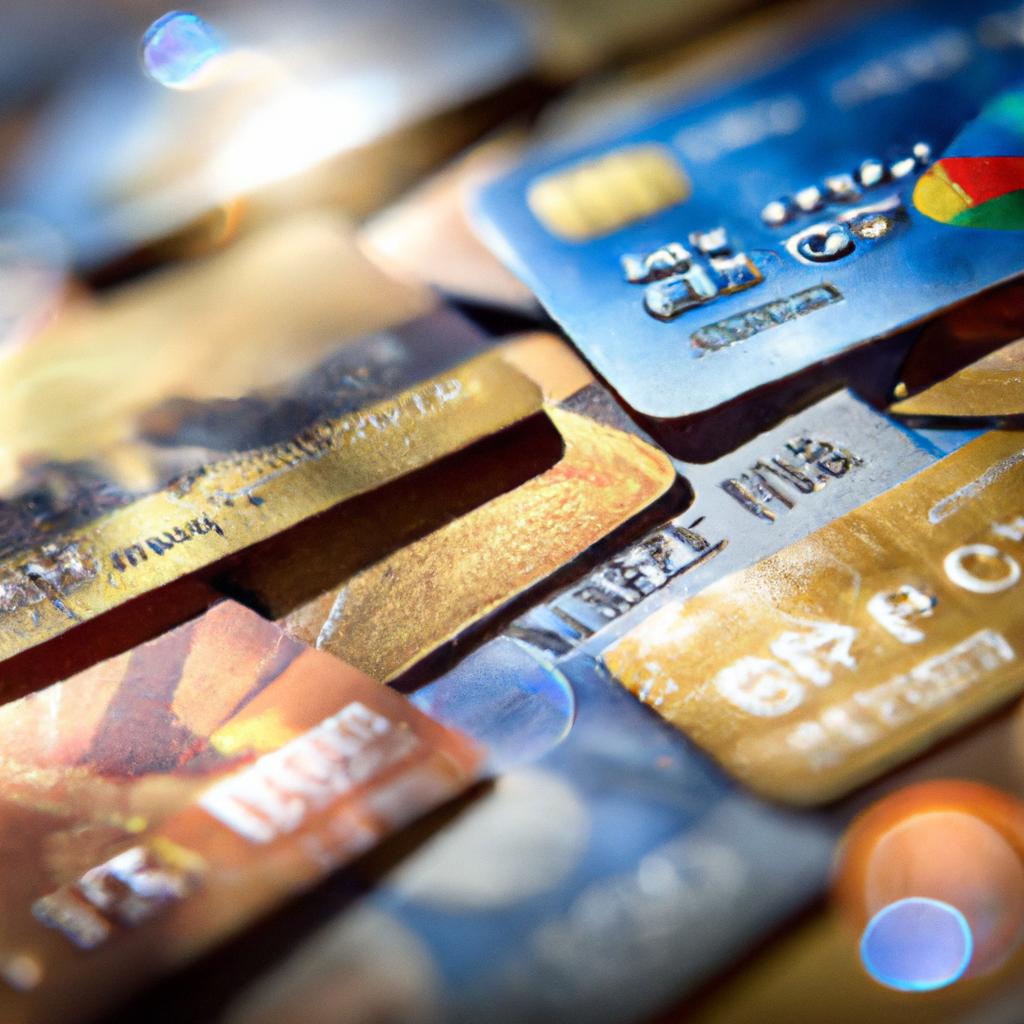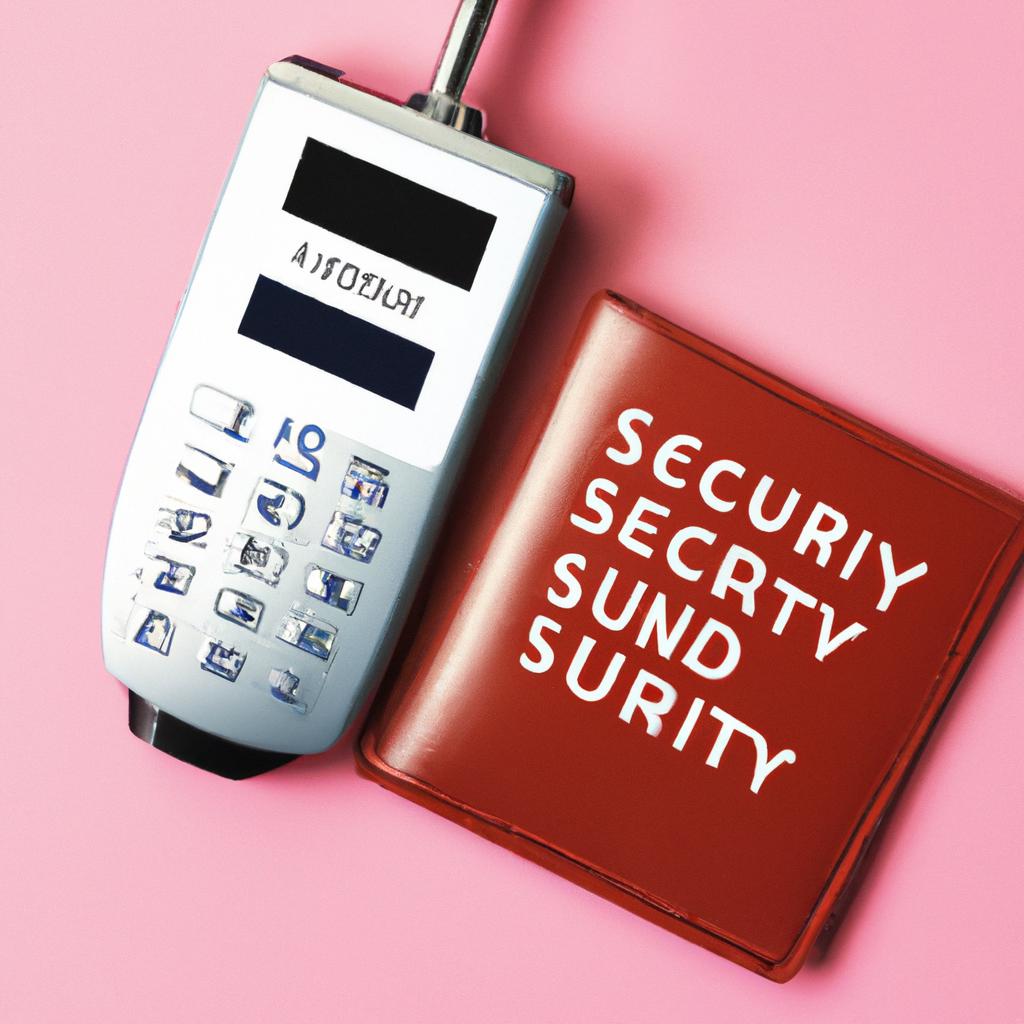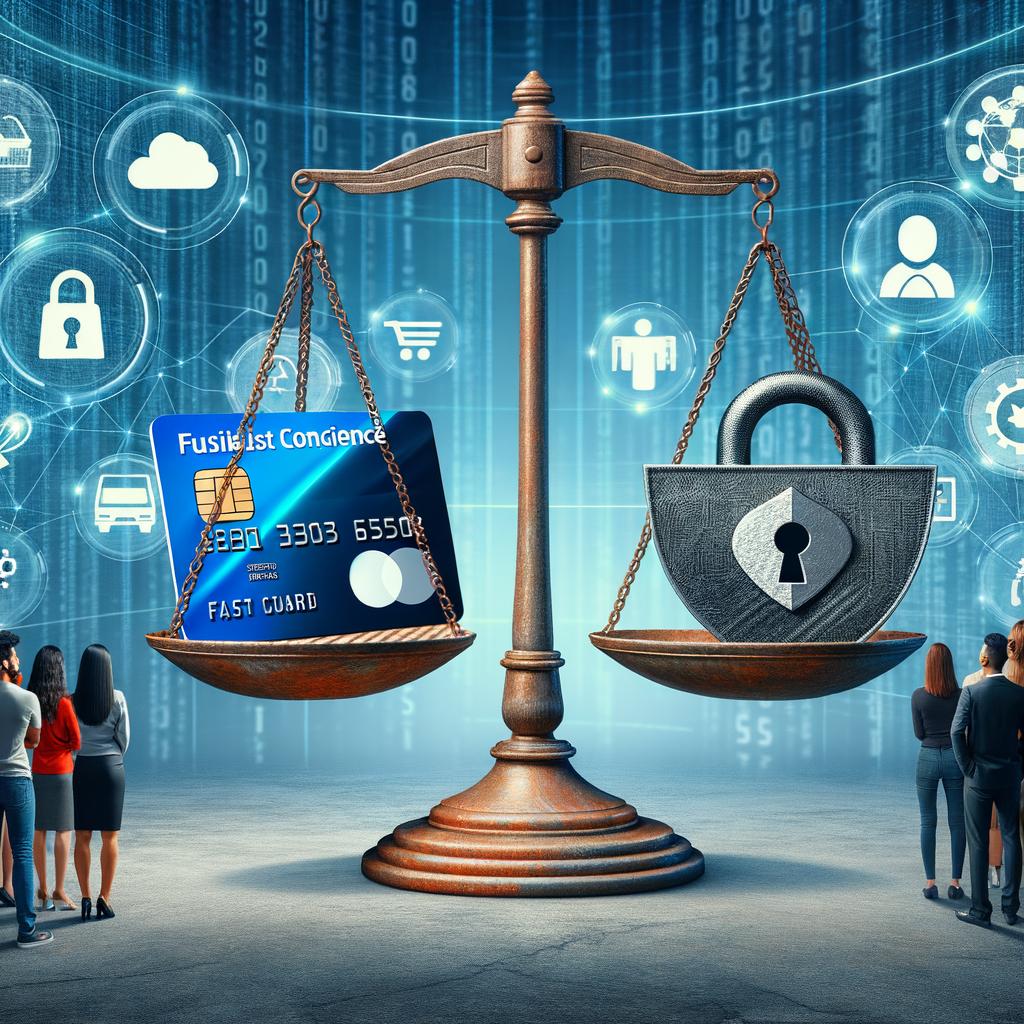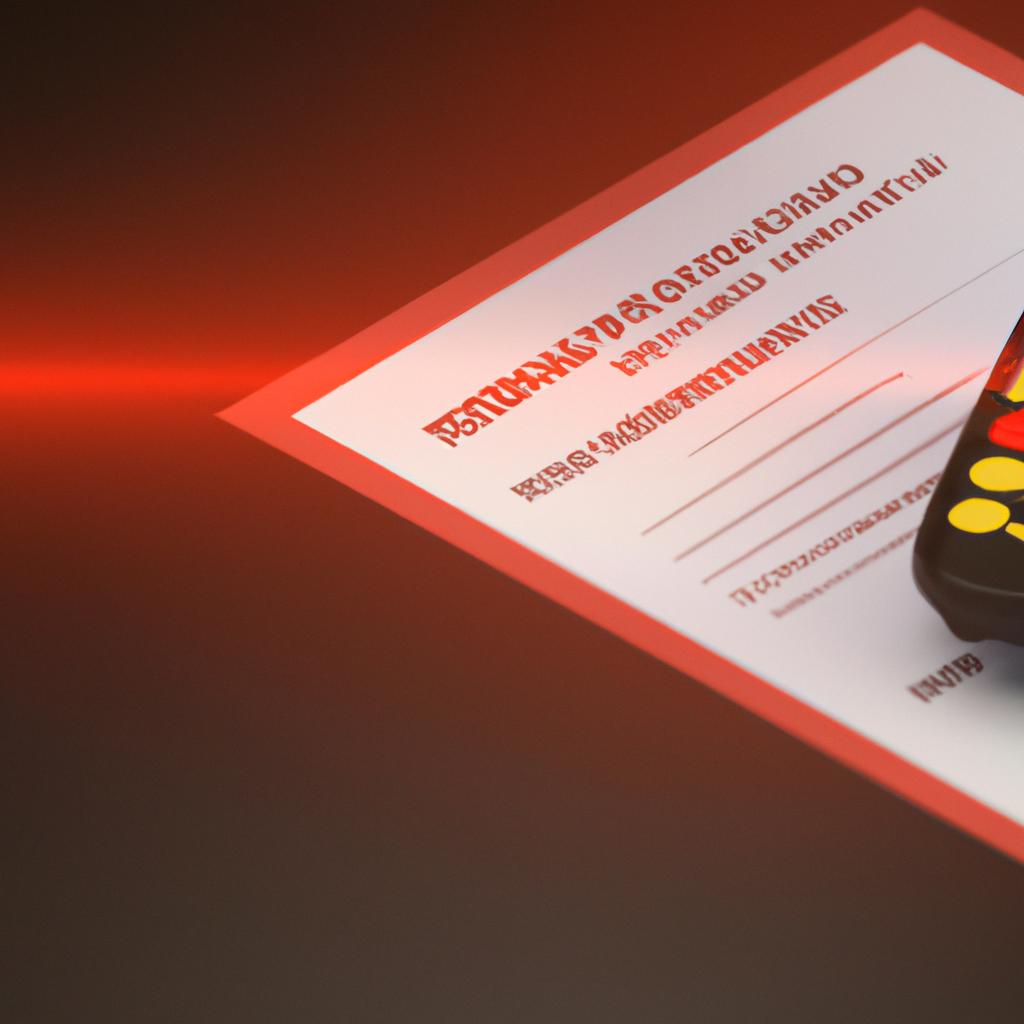Contactless Payments and Security Compliance: Balancing Convenience and Safety
Hey there, money maestros and tech enthusiasts! Imagine a world where waving your hand is all it takes to complete a transaction. Yes, you heard it right, we’re diving into the fascinating realm of contactless payments and how they’re revolutionizing the way we wave goodbye to cash and card swipes. But hold your horses, my friend, ’cause today’s article isn’t just about the convenience of contactless payments; oh no, we’re delving into the juicy details of security compliance and how we’re striking the perfect balance between seamless transactions and bulletproof safety measures. So sit back, relax, and let’s embark on this wild ride where convenience and security shake hands!
Exploring the Rise of Contactless Payments: Embracing Convenience while Ensuring Security Compliance
Contactless payments have taken the world by storm, offering a seamless and convenient way to make transactions. With just a simple tap of a card or smartphone, users can quickly complete their purchases, saving precious time and eliminating the need for physical contact. As more and more people embrace this technology, it’s crucial to ensure the safety and security of these transactions, making compliance with security regulations a top priority.
To strike a balance between convenience and safety, businesses and financial institutions must implement robust security measures to protect consumers’ sensitive payment data. This involves utilizing encryption techniques to safeguard cardholder information, implementing multi-factor authentication to validate transactions, and regularly conducting security audits and vulnerability assessments. By adopting these security practices, organizations can mitigate the risk of data breaches and unauthorized access to payment information.
Moreover, educating consumers about the security features and benefits of contactless payments is essential. Encouraging the use of mobile wallet applications with biometric authentication, such as fingerprint or facial recognition, adds an extra layer of security. Additionally, continuously monitoring the marketplace for emerging security threats and staying up-to-date with the latest security protocols ensures that businesses can adapt and respond promptly to any potential risks. By striking the right balance between convenience and security compliance, the rise of contactless payments can revolutionize the way we make transactions while ensuring the safety of every user’s personal information.
The Role of Security Compliance in Safeguarding Contactless Payments: Insights and Best Practices
Contactless payments have revolutionized the way we handle transactions, offering unparalleled convenience to consumers and businesses alike. However, with the increased adoption of this technology comes the need for robust security measures to protect sensitive user data. Security compliance plays a crucial role in ensuring the safety of contactless payments, striking a delicate balance between convenience and protecting against potential threats.
The Importance of Security Compliance
When it comes to contactless payments, security compliance standards are designed to safeguard user information and prevent unauthorized access. Compliance regulations, such as the Payment Card Industry Data Security Standard (PCI DSS), establish strict guidelines that businesses must adhere to in order to protect customer data and maintain trust. These regulations cover various aspects, including secure network architecture, encryption, and regular security audits.
By staying compliant with these regulations, businesses can demonstrate their commitment to protecting customer data, thereby fostering trust and confidence in contactless payment systems. Implementing the following best practices can ensure a secure environment:
- Encryption: Utilize end-to-end encryption to secure payment data and prevent interception during transmission.
- Secure Network: Maintain a secure network infrastructure with strict access controls and regular vulnerability assessments.
- Employee Training: Provide comprehensive training to employees on security protocols and best practices to minimize human error.
| Best Practice | Description |
|---|---|
| Regular Audits | Conduct periodic audits to identify vulnerabilities and ensure compliance with security standards. |
| Two-Factor Authentication | Implement additional security measures, such as two-factor authentication, to verify user identities and prevent unauthorized access. |
| Secure Development Lifecycle | Adopt a secure development lifecycle, including rigorous testing, to minimize vulnerabilities in payment systems. |
Enhancing Consumer Confidence: Recommendations for Balancing Convenience and Safety in Contactless Payments
Contactless Payments and Security Compliance: Balancing Convenience and Safety
Contactless payments have become increasingly popular due to their convenience and ease of use. However, it is important to ensure the safety and security of these transactions in order to enhance consumer confidence. Here are some recommendations for finding the right balance between convenience and safety in contactless payments:
- Implement Two-Factor Authentication: Adding an extra layer of security such as biometric verification or OTP (one-time password) can greatly enhance the safety of contactless payments.
- Regularly Update Payment Devices: Keeping payment terminals and devices up to date with the latest security patches and software updates is crucial to protect against vulnerabilities and prevent potential breaches.
- Monitor and Detect Fraudulent Activities: Employing advanced fraud detection systems and real-time monitoring can help identify any suspicious transactions and quickly take necessary action to prevent any financial losses.
In addition to these recommendations, it is important for businesses to educate their customers about the security measures in place to build trust and confidence in contactless payment methods. By prioritizing both convenience and safety, we can ensure a seamless and secure experience for consumers, encouraging wider adoption of contactless payments.
| Safe Practices | Unsafe Practices |
|---|---|
| Using secure Wi-Fi networks for contactless transactions | Performing contactless payments on public Wi-Fi networks |
| Shielding contactless cards or devices from potential skimming devices | Leaving contactless cards exposed and susceptible to skimming |
| Regularly monitoring and reviewing contactless payment statements for any unauthorized transactions | Ignoring contactless payment statements and not reporting suspicious activities |
The Future of Contactless Payments: Innovations and Strategies for Advancing Security Compliance
Contactless Payments: Balancing Convenience and Safety
As we move towards a more digital and cashless society, contactless payments have become increasingly popular. With just a tap or wave of a card or smartphone, we can make purchases quickly and efficiently. However, along with the convenience comes the need to ensure the safety and security of these transactions. As technology continues to advance, so do the risks associated with contactless payments. It is crucial for businesses and consumers alike to stay informed about the latest innovations and strategies to enhance security compliance.
To address the ever-evolving threats, financial institutions and payment technology companies have been investing heavily in research and development. The key focus is on finding innovative ways to enhance security without compromising the ease and speed of contactless payments. From dynamic CVV codes and tokenization to biometric authentication and machine learning algorithms, cutting-edge technologies are being utilized to safeguard transactions. These advancements not only protect sensitive customer data but also prevent fraud and unauthorized access.
In Summary
And there you have it folks, the sweet spot between convenience and safety when it comes to contactless payments and security compliance! We’ve delved into the world of tap-and-go, exploring how it has revolutionized the way we pay, making those long queues a thing of the past. But, with great convenience comes great responsibility. We’ve learned the importance of maintaining robust security measures to protect our hard-earned cash from sneaky fraudsters.
Remember, just like a secret agent undercover, it’s essential to stay one step ahead of the villains. Ensuring that your card details are masked and encrypted as they zoom from your palm to the POS terminal is crucial. And let’s not forget about those ever-so-sneaky cyber attackers that lurk in the virtual shadows. Keeping your devices up to date with the latest security patches and avoiding suspicious Wi-Fi networks will keep them at bay.
But hey, all this talk about security doesn’t mean we can’t have some fun! So go forth, tap your card or wave your phone with confidence, knowing that you’ve found the perfect balance between convenience and safety. Whether you’re stuck in a rush-hour stampede or simply feeling too lazy to dig for that pocketful of loose change, contactless payments have got your back. It’s like having a superhero swoop in to save the day, minus the cape and mask.
So, my friends, it’s clear that the world of contactless payments is here to stay. The convenience it offers is undeniable, making our lives a little easier, one tap at a time. But let’s not forget to exercise caution and be vigilant when it comes to our financial safety. With a little bit of effort and heaps of awareness, we can embrace the wonders of contactless payments while keeping those pesky fraudsters at bay. Happy tapping, my fellow adventurers in the realm of convenience and security!






